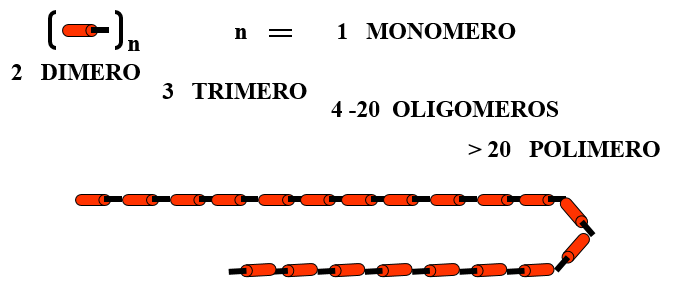what is hysteresis ?
Polypedia > Properties of polymers > Physical properties
Resilience and Hysteresis In the elastomers the Resilience is defined as the ratio between the total energy supplied to produce a deformation and the energy restored after said deformation. Hysteresis is the energy lost during a given cycle of deformation and recovery. The heat generated by a succession of deformation and recovery cycles, due to the conversion of hysteresis energy into heat, is usually measured by the increase in the temperature of the test specimen. A simple principle to determine it is through the rebound of a pendulum after its impact on the rubber, in which case it is called rebound resilience. The resilience depends on the deformation speed, a very low Hysteresis 0 (zero) indicates a product that returns completely and quickly, while a high Hysteresis 100 (one hundred) indicates a product that returns partially and slowly. Recuperated Energy x 100 Resilience = ---------------------------------------- Initial Applied Energy Hysteresis = 100 - Resilience Another definition of Hysteresis It is also called internal friction of the elastomer, it means the conversion of mechanical energy into thermal, when it is loaded and unloaded. The softer the elastomer is, the lower will be its efficiency to absorb mechanical energy, through its conversion into thermal energy. The conversion of mechanical energy into thermal energy is less efficient at high temperatures. The hysteresis is evident in an effort-deformation diagram, which shows a complete cycle of loading and unloading. |

